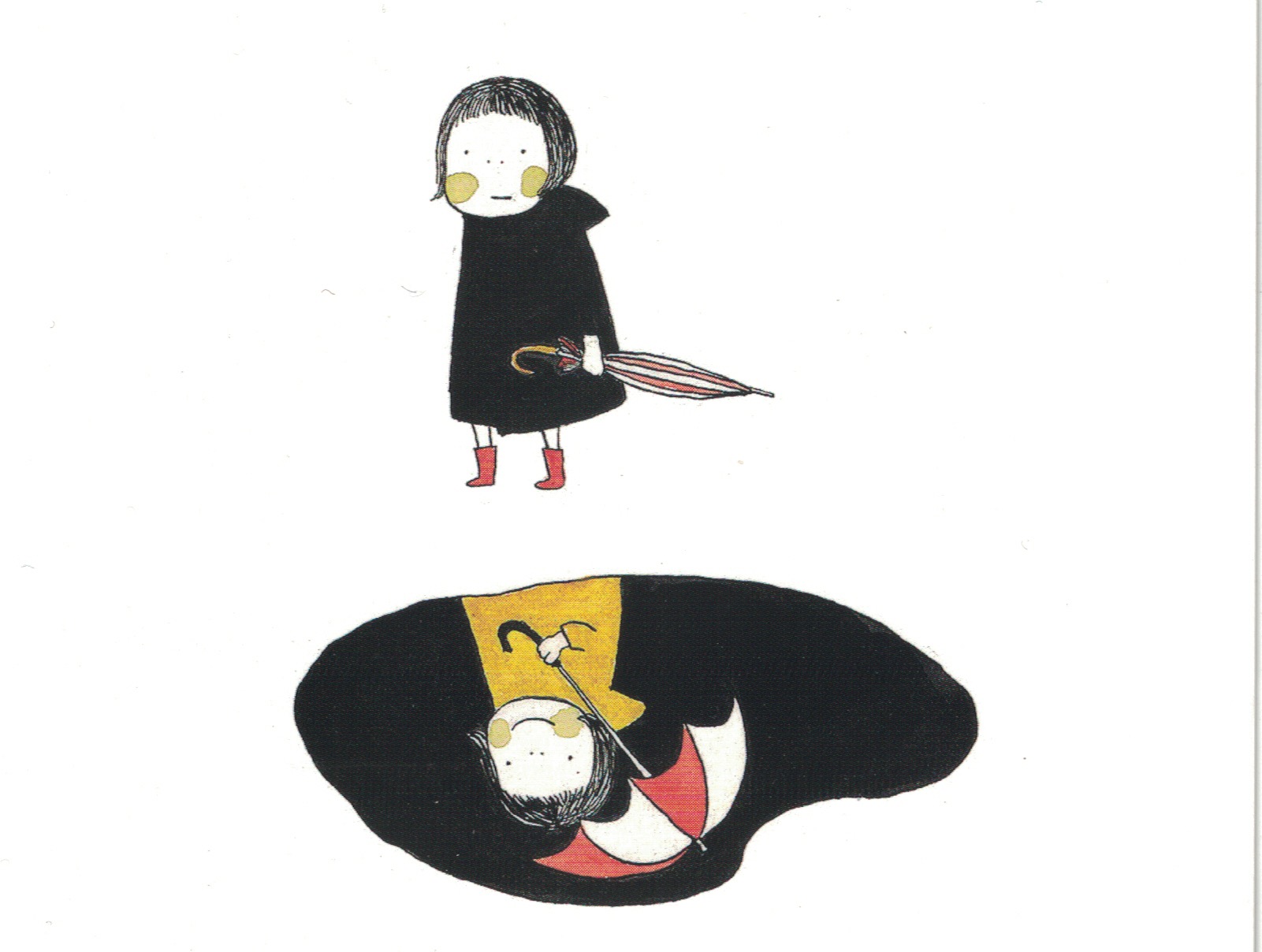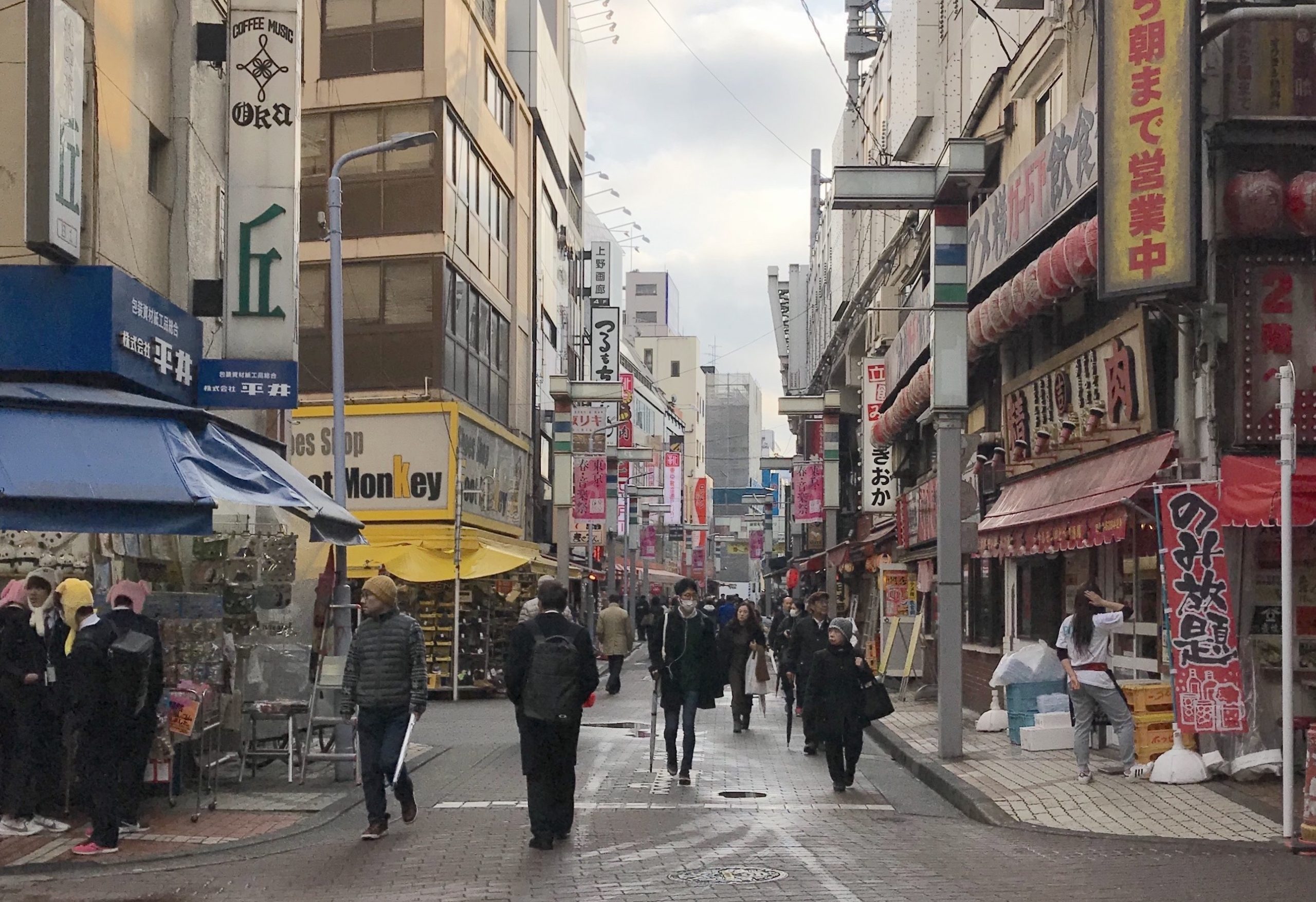和訳は英語の下にございます。/The Japanese translation is below the English text.
HOW TO SAY “AND” AFTER A VERB
Contents 1. In short: Use “te form” 2. A little more: How to complete a sentence with verbs connected with “te form” 3. Bonus: the "negative te form"
1. In short: Use “te form” to say “and after a verb
Can you say in Japanese: “I got up at six. I had breakfast.”?
You may want to say:
Ex. 1. Watashi wa roku-ji ni okimashita. Watashi wa gohan o tabemashita.
…But you notice “watashi wa” is repeated, and may wish to combine the two sentences into one. In English, to do this, you can simply say “and” after the first sentence, and connect to the second such as: “I got up at six and had breakfast.”
In Japanese, however, you can’t use the particle “to (and)” to connect verbs and sentences as the English word “and”. You use “to” only after a noun. (For a summary on how to say “and” after different cases, please read: => http://learnjapanesewithyuko.com/grammar/and-in-japanese/)
To say “and” after a verb, you need to change the first verb into “te form”, and this is what we will discuss in this post.*
*This is knowledge for the beginning and low intermediate levels but usable in conversation at any level.
Ex. 2. Roku-ji ni okite gohan o tabemashita.
Changing the verb into “te form” in this case means equipping the verb with something like a “hook” so that you can hang another sentence on it. You can thus combine many simple sentences as follows:
Ex. 3. Roku-ji ni okite, shawaa o abite, sampo-shite, gohan o tabemashita. (I got up at six, took a shower, had a walk and ate breakfast.)
In Ex. 3, therefore, “okite” means “wake up and…”, “abite” means “take [a shower] and…”, “sampo-shite” means “take a walk and…”.
2. A little more: How to complete a sentence with verbs connected with “te form”
Please keep in mind that a verb in “te form” doesn’t have tense (whether it is in the past or present, etc.), polarity (whether it is affirmative or negative) or mood (whether it expresses desire, permission, invitation, etc.). Therefore, we express them with the last verb of the sentence as the representative of all the prior verbs.
For example, in Ex. 3, while we are just hearing or reading “okite”, “abite”, and “sampo-shite”, we don’t know whether it is about the present, future or some other time.
Only after hearing “tabemashita (I ate)”, when the last verb establishes the tense and mood, can we adjust our comprehension of the whole sentence.
Now we know “okite” in this sentence actually meant “woke up and…”, “abite” meant “took [a shower] and…”, and “sampo-shite” meant “took [a walk] and… “
The following is another example:
Ex. 4. Roku-ji ni okite, shawaa o abite, sampo-shite, gohan o tabe-naito ikemasen! (I must get up at six, take a quick shower, talk a walk, and have breakfast!)
The mood and tense of “-naito ikemasen (I have to eat)” is obligation in the present or future. Accordingly, “okite” in this sentence actually means “I must get up and…” “abite” means “I must take [a shower] and…” “sampo-shite” means “I must take [a walk] and…”
3. Bonus: The negative te form

These days I frequently take a walk before breakfast.
But today I didn’t; I had overslept. I would put it in my diary like this:
Ex. 5. Shichi-ji ni okite, shawaa o abite, sampo-shinaide, gohan o tabemashita. (I woke up at seven, I took a shower, I didn’t take a walk, and I had breakfast.)
Note “sanpo-shinaide”; this is the way we say “and” after a verb in the negative.
How do you make this “negative te form”?
First, make the “nai form” (a.k.a. plain negative form) of a verb. For example, “nai form” of “shimasu (do)” is “shinai” (not do).
Second, add “de” to the “nai form”. In the case of “shinai”, “shinaide” (not do and…) will be its negative te form.
A verb appearing as “…naide” is a negated verb which is equipped with a “hook” to hang another sentence on it.
Whether the verbs are connected with the regular or negative te form, the last verb always decides the mood, polarity and tense of all the prior verbs in a sentence.
[End of the English post]
- Familiarize yourself with “te form” by listening to the Rainbow Song! => The Rainbow Song
Other posts on “How Do You Say ‘And’ In Japanese?”
=> Summary: How Do You Say “And” In Japanese?
=> How To Say “And” After Noun
=> How To Say “And” After Na-Adjective
=> How To Say “And” After I-Adjective
=> How Do You Say “And” As A Conjunction?
動詞の後でAND…を何という?
もくじ 1.手短かに:「て形」を使う 2.もう少し上級:「て形」でつなげた動詞で文を完成するには 3.ボーナス情報:否定のて形
1.手短かに:「て形」を使う
I got up at six. I had breakfast.という文を、日本語で言うとどうなりますか?
まず、こういう言えます。
例1 私は6時に起きました。私はご飯を食べました。」
でも、「私は」が繰り返されているから、一文にまとめたい。英語だったら、I woke up at six and (I) had breakfast.のように最初の文の後にandと言うだけで二つの文をまとめられます。
一方、日本語では、動詞や文をつなぐのにandに当たる「と」を使うことはできません。「と」は名詞の後に来るだけです。(異なる品詞の後でandというには、こちらをご覧ください=>まとめ記事:日本語でAND…は何という?)
動詞の後で次の言葉を続けるには、最初の動詞を「て形」に変えます。この投稿ではこの話をします*。
*これは、初級と中級の初期レベルの文法ですが、全てのレベルの会話に使えます。
例2 6時に起きてご飯を食べました。
この文の「起きて」のように動詞を「て形」にすると、動詞にカギ(フック)のようなものが装着され、そこに次の文を引っかけられるようになります。また、「て形」を使うと下の例のように多くの単文を一文につなげることもできます。
例3 6時に起きて、シャワーを浴びて、散歩して、ご飯を食べました。
したがって、例3では、「起きて」は「起きます。そして……」の意味。「浴びて」は「浴びます。そして……」、「散歩して」は「散歩します。そして……」の意味になります。
2.もう少し上級:つなげた動詞で文を完成させるには
「て形」には時制(過去や現在など)やポラリティー(肯定文か否定文か)、ムード(欲求、許可、誘いかけなどの表現)がありません。そのため、文の最後の動詞が代表となってそれらを示します。その時制やムードは前に出てきた文中の動詞すべてにかかります。
例えば例3では、「起きて」「浴びて」「散歩して」などを聞いたり読んだりしている時点では、現在の話か過去の話かわかりません。
最後の動詞「食べました」を聞いて初めて、時制やムードが分かって、文全体が理解できるのです。
ですから、「起きて」は実際には「起きました。そして……」、「浴びて」は「浴びました。そして……」、「散歩して」は「散歩しました。そして……」の意味になります。
もう一つ例を挙げます。
例4 6時に起きて、シャワーを浴びて、散歩して、ご飯を食べないといけません!
最後の「食べないといけません」の時制とムードは、現在または未来の義務を表します。ですから、「起きて」は「起きなければなりません。そして……」ということであり、「浴びて」は「浴びなければなりません。そして……」、「散歩して」は「散歩しなければなりません。そして……」です。
3.ボーナス情報:否定のて形
私はこの頃よく、朝食の前に散歩します。
でも、今日は寝過ごして、散歩しませんでした。これは、日記にはこんな風に書きます。
例5 6時に起きて、シャワーを浴びて、散歩しないで、ご飯を食べました。
この「散歩しないで」を見てください、これが動詞の否定形の後に文をつなぐやり方です。
この「否定のて形」はどうやって作るのでしょうか。
まず、動詞の「ない形」(Plain Negative形ともいう)を作ります。例えば「します」の「ない形」は「しない」です。
次に、「ない形」の後に「で」を付けます。「しない」から、「しないで」ができました。これが「否定のて形」です。
こうして「ないで」になっている動詞は、否定された動詞にカギ(フック)が付いて、次の文を引っかけられるようになっています。
動詞がこの「否定のて形」でつながれていようと「て形」でつながれていようと、最後の動詞が文中のすべての動詞のムードと時制を決定します。
[和文部終わり]
- 次の項目へ行く前に「て形」をたくさん使った歌を聴いて、「て形」に親しんで下さい!=> 虹の歌と「て形」
「日本語でAND…は何という?」の関連記事
=> まとめ記事:日本語でAND…は何という?
=> 名詞の後でAND…を何という?
=> ナ形容詞の後でAND…をどう言うか
=> イ形容詞の後でAND…をどう言うか
=> 接続詞としてのANDは何という?





